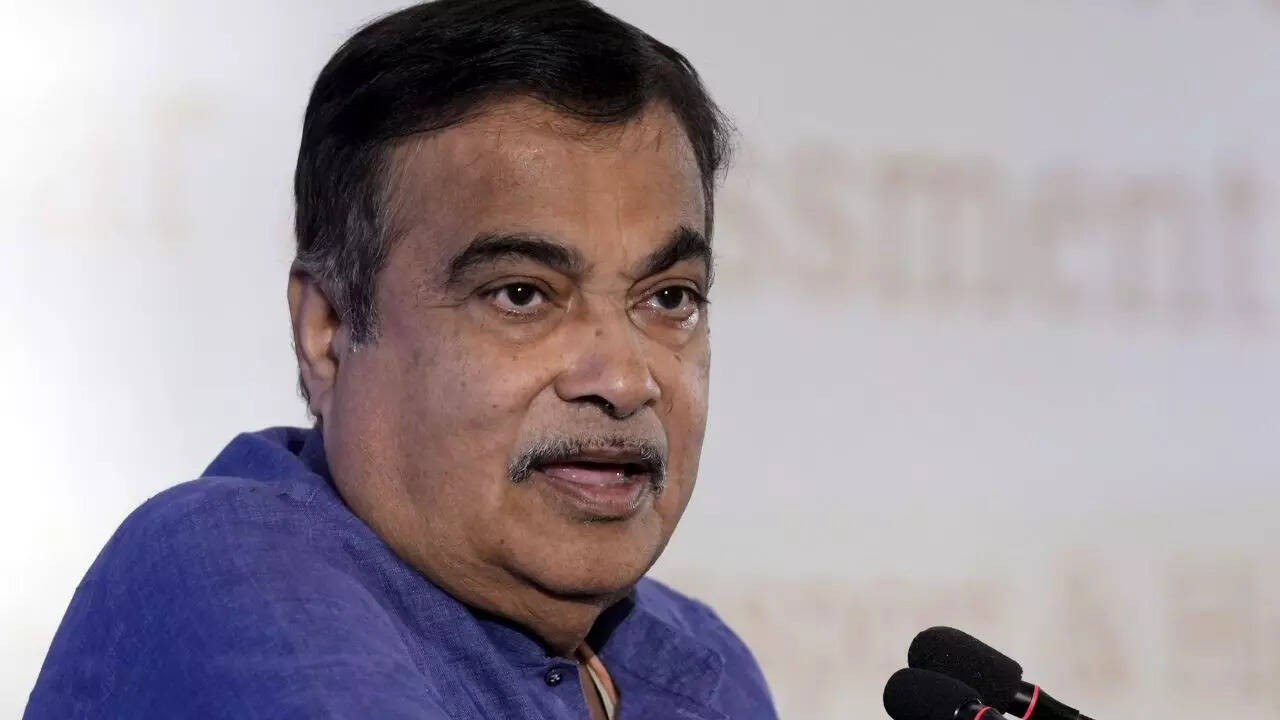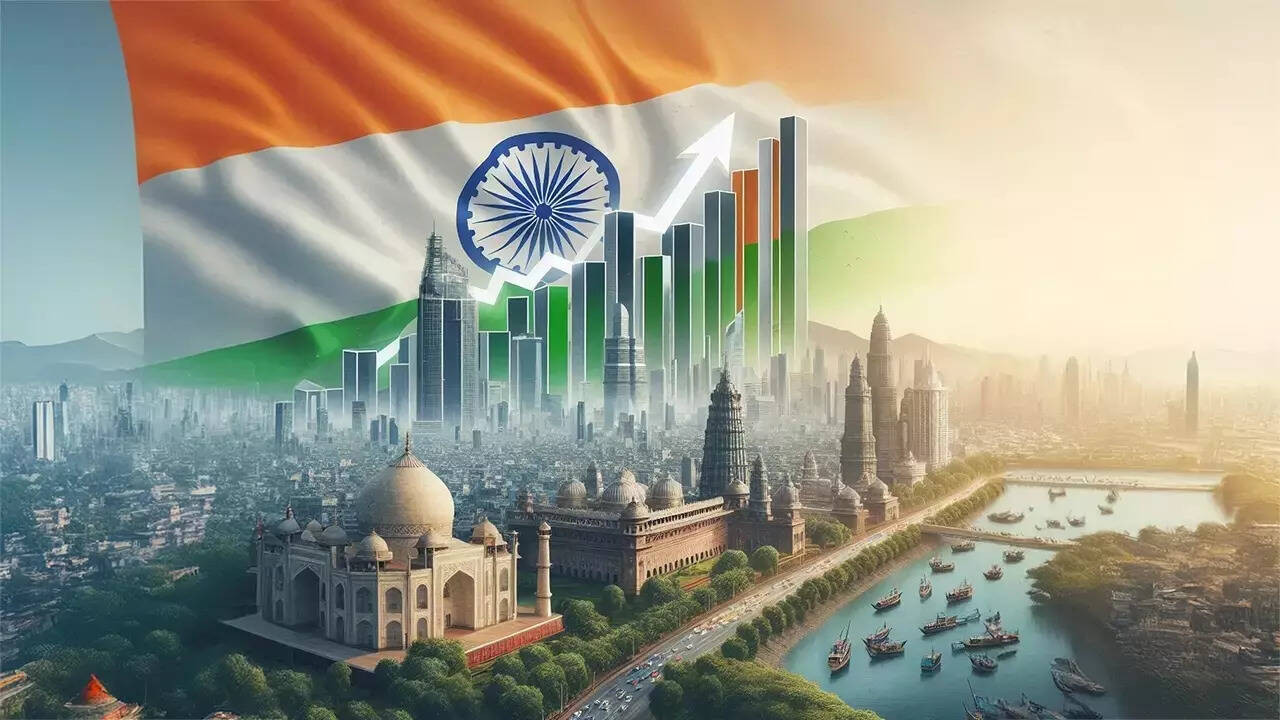Nitin Gadkari announced India’s logistics costs are projected to drop to single digits by the end of 2026, enhancing the nation’s global trade competitiveness. This statement followed PM Modi’s inauguration of two major National Highway projects near Delhi, including the Dwarka Expressway and the Urban Extension Road-II.
India’s Logistics Revolution: Single-Digit Costs on the Horizon
For years, India’s economic potential has been like a thoroughbred held back by clunky tack. One of the heaviest weights slowing us down? The high cost of logistics. Moving goods across the country has been a notoriously expensive affair, a drag on competitiveness that has kept many Indian businesses from truly shining on the global stage. But that may be about to change, and faster than you think.
Union Minister Nitin Gadkari recently voiced his confidence that India is on track to slash logistics costs to single digits by 2026. That’s not just an incremental improvement; it’s a game-changer, potentially unlocking unprecedented economic growth. What makes this prediction so compelling, and how will this transformation actually take place?
Why Logistics Costs Matter So Much
Think of logistics as the circulatory system of an economy. Efficient and affordable logistics ensure that raw materials reach factories smoothly, and finished products get to consumers quickly and cost-effectively. High logistics costs, on the other hand, act like clogged arteries, hindering the flow of goods and ultimately raising prices for everyone.
Currently, India’s logistics costs hover around 13-14% of GDP. Compare that to countries like China and the United States, where these costs are significantly lower, at 8-9% – and you see the disadvantage Indian businesses are up against. Bringing our costs down to single digits will level the playing field, making Indian products more competitive in both domestic and international markets. This will not only boost exports but also attract more foreign investment, creating a virtuous cycle of growth.
The Multi-Pronged Approach to Lowering Costs
So, how exactly does the government plan to achieve this ambitious goal? It’s not just one magic bullet, but rather a comprehensive strategy involving infrastructure development, policy reforms, and technological advancements.
First and foremost, infrastructure is key. Massive investments are being poured into building and upgrading roads, railways, ports, and inland waterways. The Bharatmala Pariyojana, a massive highway development project, is dramatically improving road connectivity across the country. Similarly, dedicated freight corridors are being constructed to decongest railway lines and speed up the movement of goods. The development of waterways, an often-underutilized mode of transport in India, is also receiving increased attention. All of this infrastructure development will drastically improve transit times and reduce transportation costs.
<img src="image_url_here" alt="Trucks on a newly constructed highway, showcasing improved infrastructure for logistics.” width=”600″ height=”400″>
But infrastructure alone isn’t enough. Policy reforms are crucial to streamline processes and reduce bureaucratic hurdles. The introduction of the Goods and Services Tax (GST) was a major step in this direction, creating a unified national market and eliminating cascading taxes. Further reforms are aimed at simplifying documentation, reducing paperwork, and promoting digitalization in the logistics sector.
Technology is also playing a vital role. The government is encouraging the adoption of technologies like GPS tracking, RFID tags, and data analytics to improve supply chain visibility and optimize logistics operations. These technologies help businesses track their shipments in real-time, identify bottlenecks, and make data-driven decisions to improve efficiency.
The Ripple Effect: Benefitting Everyone
The impact of lower logistics costs will be far-reaching, benefiting businesses of all sizes, from small farmers to large manufacturers. Farmers will be able to transport their produce to markets more efficiently, reducing wastage and increasing their incomes. Manufacturers will be able to source raw materials at lower costs and export their products more competitively. Consumers will benefit from lower prices on a wide range of goods.
Furthermore, a more efficient logistics sector will create new jobs and opportunities in areas like warehousing, transportation, and supply chain management. It will also contribute to a more sustainable economy by reducing fuel consumption and emissions. The impact extends beyond purely economic measures: for example, improved connectivity to remote areas can improve access to healthcare and education.
This transformation ties in perfectly with related initiatives like the National Logistics Policy. See how these policies will reshape warehousing in India.
A Future of Seamless Movement
Achieving single-digit logistics costs is not just a pipe dream. It’s an achievable goal that will unlock India’s economic potential and propel it towards becoming a global economic powerhouse. It demands continuous effort, innovation, and collaboration between the government, businesses, and other stakeholders. By continuing to invest in infrastructure, implement policy reforms, and embrace technology, India can transform its logistics sector and create a future of seamless movement of goods and services. The road ahead may have its challenges, but the potential rewards are immense, promising a brighter, more prosperous future for all.







